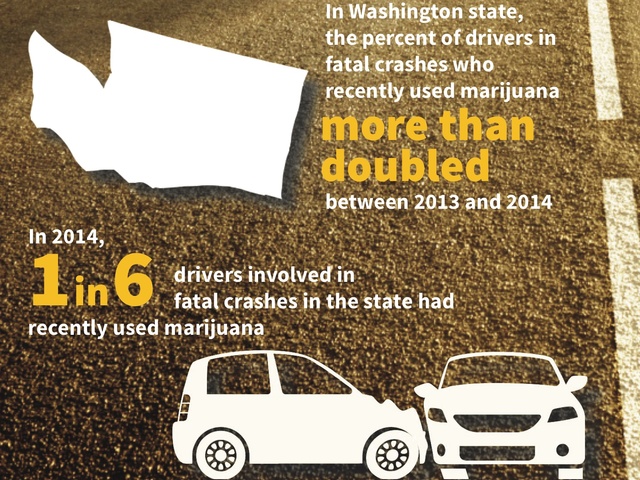-
Tips for becoming a good boxer - November 6, 2020
-
7 expert tips for making your hens night a memorable one - November 6, 2020
-
5 reasons to host your Christmas party on a cruise boat - November 6, 2020
-
What to do when you’re charged with a crime - November 6, 2020
-
Should you get one or multiple dogs? Here’s all you need to know - November 3, 2020
-
A Guide: How to Build Your Very Own Magic Mirror - February 14, 2019
-
Our Top Inspirational Baseball Stars - November 24, 2018
-
Five Tech Tools That Will Help You Turn Your Blog into a Business - November 24, 2018
-
How to Indulge on Vacation without Expanding Your Waist - November 9, 2018
-
5 Strategies for Businesses to Appeal to Today’s Increasingly Mobile-Crazed Customers - November 9, 2018
USA state laws for driving on marijuana are unscientific – AAA study
The study released Tuesday by the AAA Foundation for Traffic Safety found that drivers can have a low level of THC, the active ingredient in marijuana, in their blood and be unsafe behind the wheel, while others with relatively high levels may not be a hazard.
Advertisement
Authorities in Washington recorded 436 fatal crashes in 2013, and determined that drivers involved in 40 crashes tested positive for THC, the active chemical in marijuana, according to the study. THC may remain in a person’s blood long after they have ceased feeling any effects of the drug, while a person who is still actively stoned might test well below their state’s threshold for drugged driving.
In November, Massachusetts voters are scheduled to decide on a ballot measure that will authorize marijuana for recreational use.
There is no scientific basis for tests to measure if a driver is under the influence of marijuana, the AAA concluded in its study.
Since more people are using marijuana, lawmakers are under tremendous pressure to pass certain threshold limits, known as per se limits, on driving and marijuana, similar to established limits on driving and blood alcohol. A blood alcohol content of.
But marijuana and alcohol are metabolized different, the AAA warns.
“People that are impaired when they’re driving, when they’re taken into custody and they’re brought in to a station, their BRAC is below point 0-8, but their impairment levels are certainly much greater than what that alcohol might be indicating”, said Hatch.
“The legalization of surrounding states could be a factor in seeing more of it here across state lines”, Newlin said, but so could the improved ability of officers to detect and report drug impairment.
Montana and Washington have implemented a per se limit for marijuana at 5 ng/mL; Nevada and OH have set a limit at 2 ng/mL; and Pennsylvania’s is set at 1 ng/mL (view a map).
Representative Kelly Alexander (D-Charlotte) re-introduced a bill this legislative session to legalize the use of marijuane for medicinal purposes. He noted that the AAA findings echo earlier research. Four states – Alaska, Colorado, Oregon and Washington – and Washington DC have legalized the recreational use of pot.
There’s no breathalyzer for pot, and researchers say blood tests are useless when it comes to telling whether someone who has been smoking is fit to drive. And the majority of drivers in the Washington study who tested positive for THC – the psychoactive compound in marijuana – also tested positive for alcohol or other drugs.
“I think it’s an indication that marijuana use and driving is going to be a growing contributing factor to fatal crashes”, said Jake Nelson, director of traffic safety for AAA.
“Just because a drug is legal does not mean it is safe to use while operating a motor vehicle”, Mosher said.
To understand how impairment may be tied to blood levels of THC, a separate group of researchers analyzed data from traffic stops of people who were impaired while driving.
Advertisement
“The effort here is to determine some level, some standard that can be used to determine if you consume marijuana that you’re impaired”, said Carson.




























